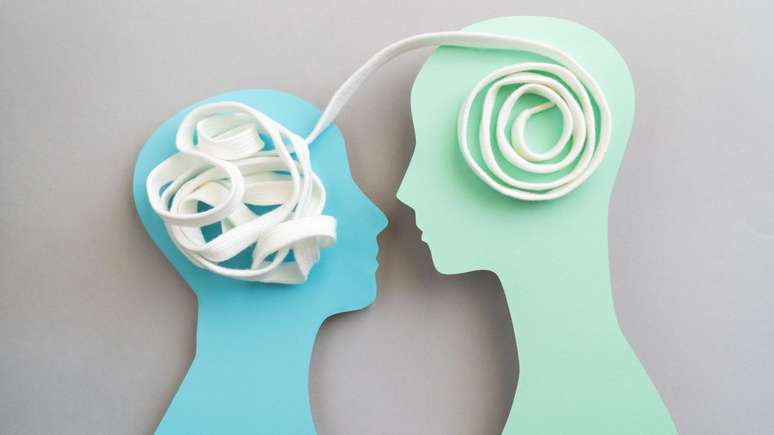Researchers mapped brain networks linked to mental ruminations and found that between the ages of 18 and 22 the brain learns to transform worried thoughts into more mature reflections.
An unprecedented study conducted by researchers at Paris-Saclay University (Inserm/ENS)In Franceidentified for the first time the brain networks involved in mental ruminations, those thoughts that repeat endlessly, and how they change between the ages of 18 and 22, the transition period between adolescence and adulthood. Published in the magazine Molecular psychiatryThe work offers new clues on the role of ruminations in the onset of psychiatric disorders and may help improve prevention strategies in mental health.
What are mental reflections
Ruminations are thoughts that come to mind repeatedly, as if the person is stuck in a loop. They can arise at times of transition or uncertainty and become more common as young people face the new responsibilities and pressures of adult life.
According to scientific literature, there are three types of rumination. The first is reflective, focused on finding solutions: thinking about a problem until you find a possible path, such as deciding on a change or a new job. The second, called worried, is linked to the difficulty of distancing oneself from stressful or conflicting situations. The third is depressive, in which the person fixates on negative thoughts about themselves or the future.
The latter form is particularly delicate: it usually appears in adolescents and is associated with symptoms of anxiety, depression, irritability and even risky behaviour. Therefore, understanding how the brain processes this type of thinking can be crucial in preventing the progression of disorders into adult life.
The discovery of brain networks of rumination
The team led by researchers Jean-Luc Martinot AND Eric Artigesfrom the laboratory “Evolutionary trajectories in psychiatry”analyzed data from 595 young people who are part of the European IMAGEN cohort, a long-term mental health study that began when participants were 14 years old.
At age 18, the volunteers underwent resting-state functional magnetic resonance imaging (fMRI), which allows them to observe spontaneous brain activity. “During this exam, participants did not receive any instructions and were free to think. In this way the ‘ruminant’ profiles let themselves be carried away by their ruminations”Martinot explained.
The scientists cross-referenced these images with questionnaires on the type and frequency of repetitive thoughts. With an innovative mathematical model it was possible to identify that each type of rumination activates two to three specific brain networks. Preoccupied reflections, for example, involved areas related to the hippocampus and frontal lobe, regions associated with memory and planning. Depressive ruminations were linked to networks that include the thalamus and part of the frontal lobe, areas involved in emotional regulation.
The brain matures, and so do thoughts
By repeating the tests when the young people reached the age of 22, the researchers observed a significant change. There was a reduction in worried ruminations and an increase in reflective ruminations. This is because the participants gained a better ability to adapt to negative emotions and a greater ability to make decisions. This evolution was also reflected in the structure of the brain. The activated networks reshaped themselves, suggesting that the brain matures as the individual learns to better manage their thoughts and emotions.
Connection between rumination and psychiatric symptoms
Another relevant point of the study is that the networks associated with different types of rumination were also related to specific psychiatric symptoms. Brain activity related to worried ruminations was linked to internalized symptoms such as anxiety and withdrawal, while depressive rumination networks appeared associated with externalizing symptoms such as irritability, impulsivity and substance use.
In other words, understanding how the brain reacts to repetitive thoughts can help healthcare professionals identify signs of mental distress early and intervene before they develop into more serious disorders.
Source: Terra
Ben Stock is a lifestyle journalist and author at Gossipify. He writes about topics such as health, wellness, travel, food and home decor. He provides practical advice and inspiration to improve well-being, keeps readers up to date with latest lifestyle news and trends, known for his engaging writing style, in-depth analysis and unique perspectives.








